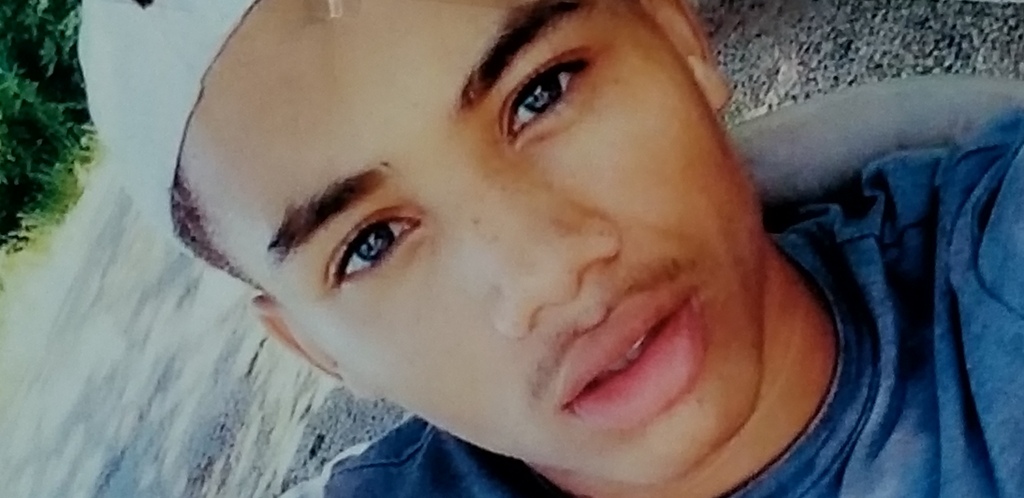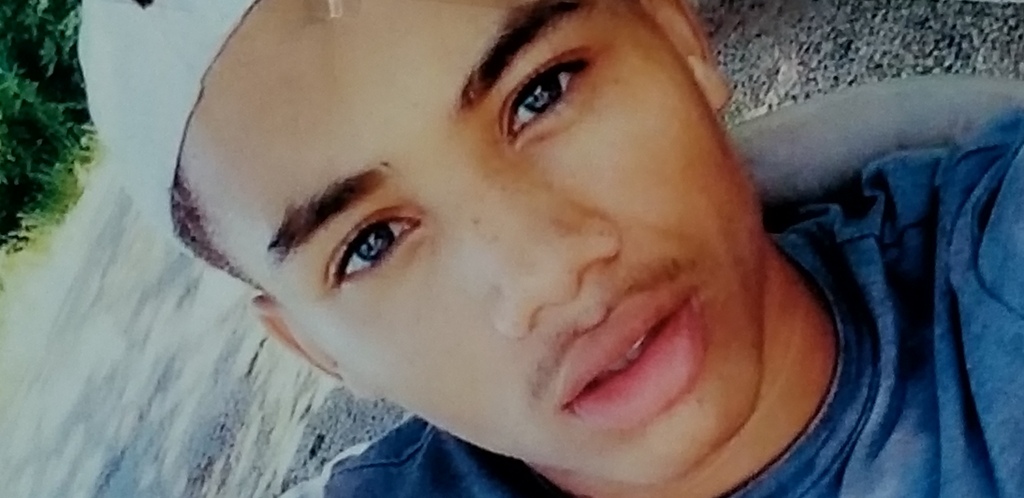[ad_1]
By Stephan Janis and Taya Graham, Specials to the Afro
A key report that played a role in the decision not to charge officers involved in the controversial arrest and subsequent death of Greensboro, Md., resident Anton Black in police custody is coming under fire.
In an autopsy report released last week, the Maryland State Medical Examiner’s office ruled that an underlying congenital heart condition killed the former track star last year during an arrest. The report absolves the officers who pinned him to the ground trying to subdue him.

But a well- known forensic expert who reviewed the report and body cam footage at the request of The AFRO is questioning that conclusion. He believes the accident ruling contradicts the evidence revealed in the autopsy itself.
“I disagree with the official ruling, I believe this is a classic case of compression or positional asphyxiation,” Dr. Cyril Wecht told the AFRO.
“To have him conveniently die of a heart defect he lived with all his life is a cop out,” Wecht said.
“That is just so blatantly wrong.”
The autopsy details a variety of blunt force injuries to Anton’s body which occurred during his arrest. But the report zeroes in on a congenital heart defect as the primary cause of death, a focus Wetch thinks is a mistake.
“Could it make him more susceptible, yes, but is that what caused his death by itself, no.”
During his decades-long medical career Wecht has weighed in on a number of high-profile deaths, including the assassination of John F. Kennedy and the overdose of Playboy Model Anna Nicole Smith’s son, Daniel Smith.
He served as the chief pathologist and coroner for Allegany County, in Pennsylvania, a district that includes Pittsburgh.
For Wecht, the critical moment during the arrest occurs when an officer lays his body across and atop Anton’s, a move he says is dangerous and can restrict a person’s ability to breath.
“They advise police not to place somebody down in that position,” Wecht said. Along with roughly 40 injuries on his back and side, Wecht said the force of the officer’s weight means Anton more than likely died from positional asphyxiation.
“This is just totally wrong, “ he said. “The autopsy fine, but the conclusion is wrong.”
Whether or not a different cause of death would change the outcome of the investigation is unclear. The decision to take the case to a grand jury is ultimately up to prosecutors.
The AFRO asked The Maryland State Medical Examiner’s office to respond to Wecht’s analysis. Spokesman Bruce Goldfarb declined.
But the criticism of the ME’s conclusions is not limited to Wecht. An attorney recently retained by Anton’s family also criticized the findings.
“I’ve reviewed these types of reports for over 30 years,” former Md. state delegate and Prince George’s County attorney Tim Maloney told the AFRO.
“It is an advocacy piece, not a forensic review.”
The barrage of criticism comes after Greensboro police released the body cam footage of Anton’s arrest last week. A day later, Caroline County State’s Attorney declined to bring charges against any of the officers.
During a press conference at City Hall an expert who would not reveal who hired him said that the officers and a civilian who struggled to subdue Black did nothing wrong.
“Based on the information that I’ve seen, it was an appropriate level of force” said Bill Gleason, a use of force expert.
But the body camera footage which depicts a chaotic and often disturbing sequence of events, was cited by the family as evidence that Anton’s death was the result of overly aggressive policing.
The first few seconds show officer Tom Webster talking to Anton and his alleged kidnap victim. Several seconds later Webster tells him he is under arrest. Anton jogs away.
But shortly thereafter, an unidentified white male in civilian clothes is captured on camera chasing Anton in the opposite direction. He is joined in pursuit by another unidentified white male and officer Webster.
Several minutes pass before Officer Webster arrives at Anton’s mother’s home where Anton had locked himself in a car. Webster smashes the car window and deploys a taser.
A struggle ensues as Anton tries to evade the grasp of three men, including a civilian dressed in a motorcycle jacket and helmet. It’s during this sequence of footage that Anton can be heard screaming for help. Shortly thereafter, Anton’s mother appears on a ramp leading up to his home, encouraging her son to remain calm.
The ensuing moments are critical, says Wecht, after one of the men places his weight atop Anton. It’s during that time frame Wecht believes Anton probably asphyxiated.
After placing Black in shackles, the officers realize he is unresponsive. They move him to an upright position, and Anton’s head drops.
His mother, Janelle Black, says the officer’s actions were unnecessary.
“They had Anton in a headlock,” she recalled. “I said he’s turning blue.
For now, the family has hired their own forensic expert to review the autopsy report. Maloney says the findings will be revealed if and when the family decides to sue.
But the legal maneuverings offer little consolation to Anton’s family, who are now left to mourn without any hope of immediate justice for their son.
“You don’t want it to happen to your child,” his father, Anton Black Sr. said.
“If you knew him you would have loved him too.”
[ad_2]
Source link

